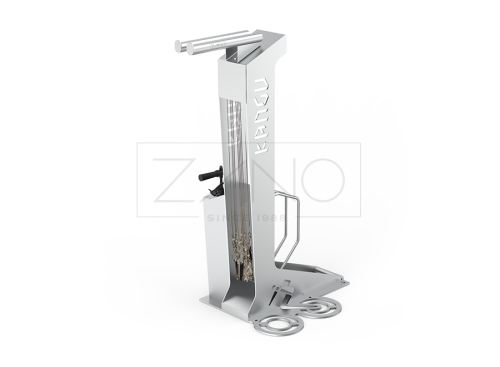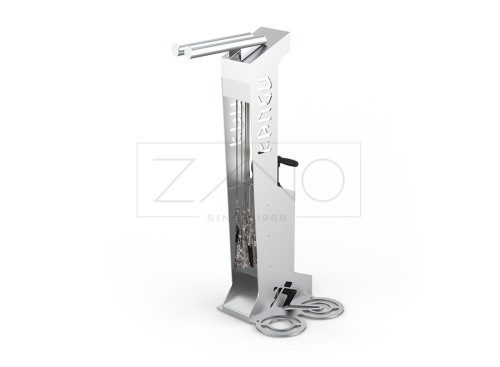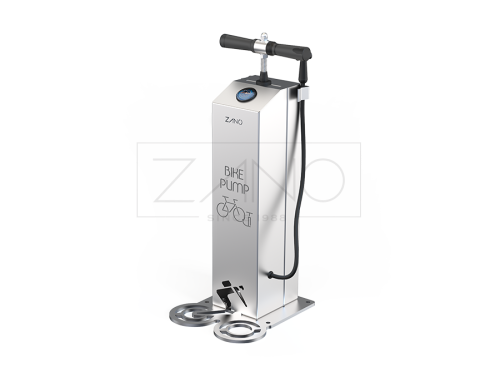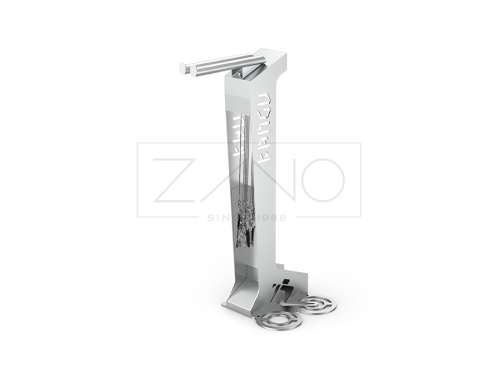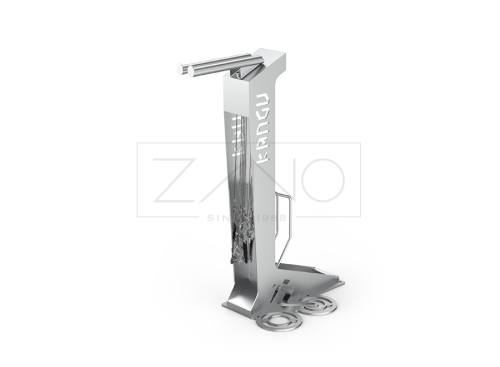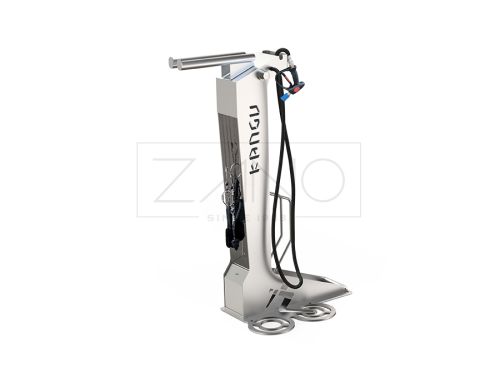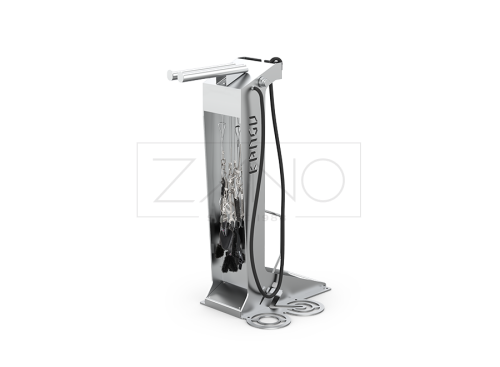
Bicycle zone
Bicycle repair stations
Bicycle zones and repair stations are increasingly vital components in urban landscapes, facilitating convenient commuting and encouraging a sustainable mode of transportation. These solutions are designed to enhance the functionality of public and private spaces by providing secure bicycle storage and maintenance facilities.
Bicycle repair stations are integral to supporting active cycling communities. Equipped with tools and equipment for quick repairs, these stations are often installed in public places such as parks, university campuses, and near transit stops. The general setup includes sturdy stands that firmly hold the bike during repairs, alongside a range of tools such as wrenches, tire levers, pumps, and screwdrivers, all securely attached to the station to avoid theft. This setup allows cyclists to perform basic maintenance and repairs—from inflating tires to adjusting brakes and derailleurs, ensuring that minor issues can be corrected immediately, thus promoting continuous and safe bicycle use.
Furthermore, bicycle zones often encompass not just repair stations but also robust parking racks and lockers. These zones are carefully designed to provide optimal security and accessibility. The designs range from simple, minimalistic racks to more sophisticated, sheltered lockers that protect bicycles from the elements and deter theft. Innovative technology, like surveillance systems and electronic access, can be integrated to enhance security features, providing peace of mind for cyclists who leave their bikes parked for extended periods.
This category serves as a cornerstone for developing sustainable urban environments that prioritize eco-friendly transportation. By implementing bicycle zones with functional repair stations and secure bike storage facilities, cities can effectively reduce traffic congestion, lower pollution levels, and promote healthier lifestyles among their residents. As cycling continues to gain popularity as a primary mode of transportation in urban areas, the demand for well-equipped bicycle zones is expected to grow, making them an essential component of modern urban planning.
